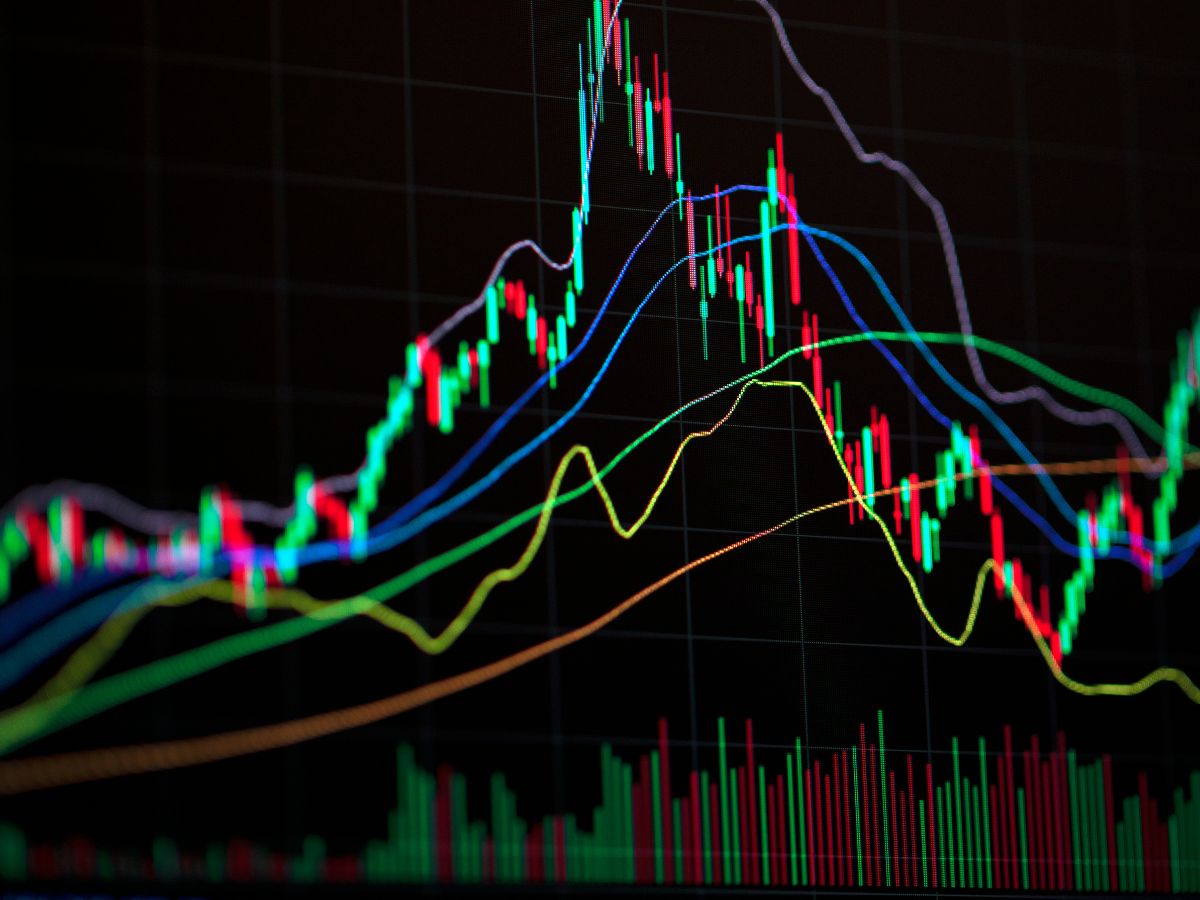Role of Central Banks in Forex Markets
This article delves into the various roles that central banks play in the forex market and their impact on global economies.

The foreign exchange (forex) market is the largest and most liquid financial market in the world, with daily trading volumes exceeding $6 trillion. Central banks play a crucial role in the forex market, influencing exchange rates, ensuring financial stability, and implementing monetary policy. This article delves into the various roles that central banks play in the forex market and their impact on global economies.
Monetary Policy Implementation
Central banks are responsible for implementing monetary policy, which involves managing interest rates and controlling the money supply. These actions directly affect exchange rates. For instance, when a central bank raises interest rates, it attracts foreign capital, leading to an appreciation of the domestic currency. Conversely, lowering interest rates can lead to a depreciation of the currency. By adjusting monetary policy, central banks can influence the value of their currency in the forex market.
Foreign Exchange Reserves Management
Central banks hold foreign exchange reserves to manage their country's currency and stabilize the forex market. These reserves are used to intervene in the forex market to influence exchange rates. For example, if a country's currency is depreciating rapidly, the central bank can sell foreign reserves to buy domestic currency, thereby supporting its value. Conversely, if the currency is appreciating too quickly, the central bank can purchase foreign currency to prevent excessive strengthening.
Market Intervention
Central banks sometimes intervene directly in the forex market to stabilize their currency or achieve specific economic objectives. This intervention can be unilateral or coordinated with other central banks. For example, during periods of excessive volatility, a central bank may intervene to prevent destabilizing fluctuations in the exchange rate. Such interventions are usually short-term measures aimed at correcting imbalances and restoring stability.
Exchange Rate Policies
Central banks determine and implement exchange rate policies, which can range from fixed to floating exchange rates. In a fixed exchange rate system, the central bank pegs the currency's value to another currency or a basket of currencies. This requires the central bank to intervene regularly in the forex market to maintain the peg. In a floating exchange rate system, the currency's value is determined by market forces, with minimal central bank intervention. Some countries adopt a managed float system, where the central bank allows the currency to float but intervenes occasionally to prevent excessive volatility.
Communication and Forward Guidance
Central banks use communication and forward guidance to influence market expectations and behavior. By providing clear and transparent information about their policy intentions, central banks can shape market expectations and reduce uncertainty. This, in turn, can impact exchange rates. For example, if a central bank signals that it will raise interest rates in the near future, market participants may start buying the currency, leading to an appreciation in its value.
Financial Stability
Maintaining financial stability is a key objective of central banks, and the forex market plays a significant role in this. Central banks monitor the forex market to identify and address potential risks that could threaten financial stability. By intervening in the market or adjusting monetary policy, central banks can mitigate these risks and ensure the smooth functioning of the financial system.
Join PSU Connect on WhatsApp now for quick updates! Whatsapp Channel
Read Also : BEML CMD, Shantanu Roy shares bold and future-ready vision at NUTI Summit 2025